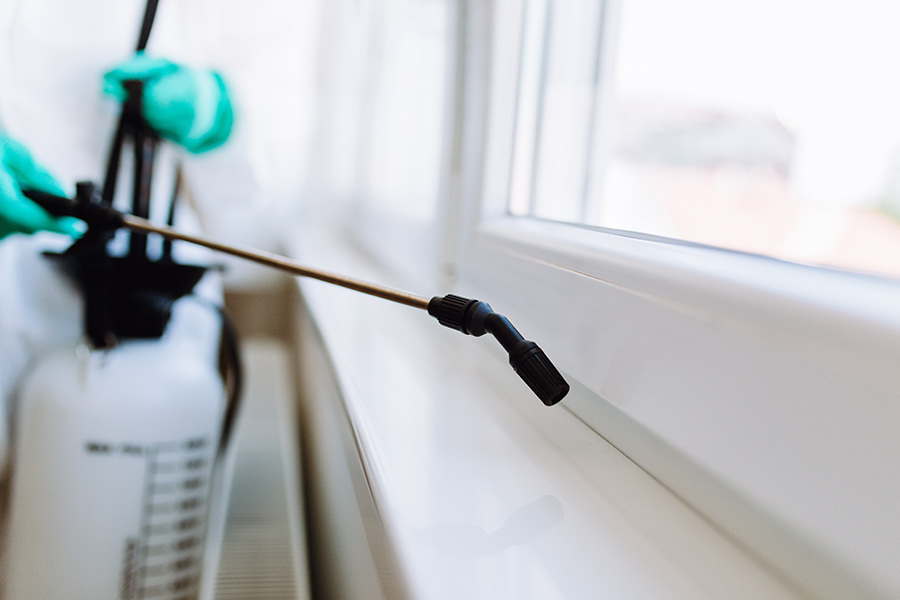
Enterprise Competitive Seller Monthly Sales Increase From $30K to $300K
“Since joining 9 months ago, Feedvisor has paid for itself. I’m amazed by how steep our growth curve is.”

Sara Enterprise Competitive Seller
Introduction
Sara’s company sells pest control products to both professional pest control operators and DIY-ers. The team employs a University of Florida graduate entomologist to ensure they carry only the most professional products possible. They have two years of e-commerce experience and over 20 years of pest management experience. The company signed on with Feedvisor in January 2016, after trying out another repricer. Following the advice of their success manager, they transitioned from mostly FBM, to 100% FBA, and eventually settled on a hybrid FBA/FBM strategy. From the beginning, they saw the repricer increased the prices on many of their items, driving more profits home.
Challenge
Staying Competitive
Sara’s company started off as a classic small garage business, and for a while, manual repricing suited the company’s needs. Yet as the business grew along with shipping demands, they found it would be necessary to update prices manually on a daily basis – a time-draining and unmanageable activity. Competitors with automatic repricing capabilities had the advantage and they knew they needed an automatic repricer. They tried a $10 software for a short period, but couldn’t even get it to function properly, it was time for a change.
Solution
Profit-Boosting Automatic Repricing
After researching various other repricers, Sara decided to go with Feedvisor. During the first month of using Feedvisor, she was impressed that not only did sales increase, but the price also went up for a handful of items – while keeping the same Buy Box share. From the beginning, Feedvisor paid for itself. In addition, they were able to gain visibility into their business through Feedvisor’s dashboard and actionable reports:
- Replenishment Report: to make more accurate inventory management decisions in a simplified way, is a tool they rely on regularly.
- Excess Inventory Report: to highlight inventory that will take over 150 days to liquidate.
- Non-Competitive Report: to identify items that have no Buy Box share and aren’t selling.
Feedvisor’s success team had also enabled them to find creative solutions to fit their unique business needs. They had originally chosen to use FBA to support scalability, but as the company grew, they reassessed and decided to go back to using FBM for scouting purposes. Today, they have a small warehouse containing items that aren’t competitive, and set them at floor price. If a product doesn’t cycle and just tanks, they stop replenishing, use FBM, and sell out quickly.